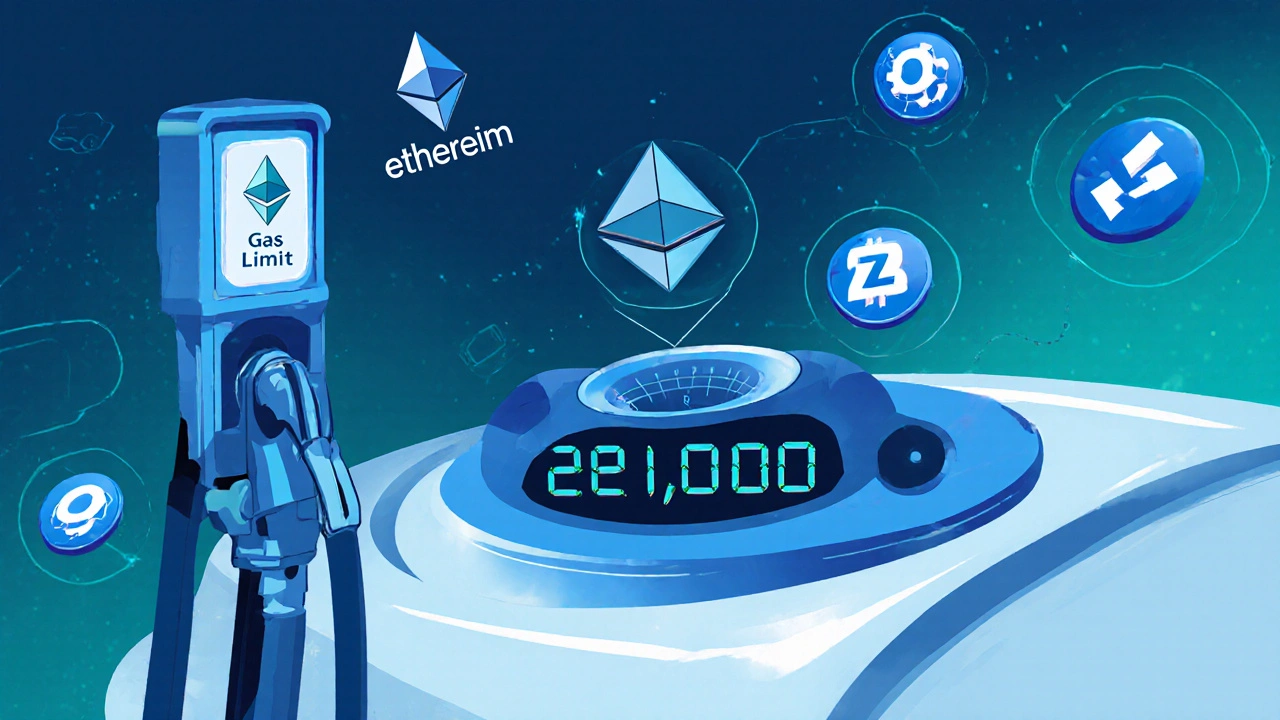Gas Limit: What It Is and Why It Matters in Crypto Transactions
When you send crypto, your transaction doesn’t just disappear into the network—it needs gas limit, the maximum amount of computational effort you’re willing to pay for to get your transaction processed. Also known as transaction gas cap, it’s what keeps the blockchain from getting stuck on messy or endless requests. Without setting the right gas limit, your transaction might fail, get stuck, or cost way more than it should.
Gas limit ties directly into how blockchains like Ethereum handle work. Every action—sending ETH, swapping tokens, even minting an NFT—requires small calculations. Miners or validators do those calculations, and they get paid in gas, the unit of measurement for computational work on a blockchain. The gas price, how much you’re willing to pay per unit of gas is separate from gas limit. Think of gas limit as the size of your tank, and gas price as the cost per gallon. You can have a huge tank but low fuel prices, or a small tank with premium fuel—it’s your choice.
Most wallets set a default gas limit, but it’s often too low for complex deals like DeFi swaps or smart contract interactions. If you’re trying to stake, lend, or trade on a decentralized exchange and your transaction hangs forever, the fix is usually raising the gas limit—not raising the gas price. Many people confuse the two. You don’t always need to pay more; you might just need to allow more room for the job to finish.
What you’ll find below isn’t a theory lecture. It’s real examples from actual crypto users who ran into gas limit problems—and how they fixed them. You’ll see how a simple adjustment saved someone $200 in failed transactions, how a beginner avoided losing their NFT mint, and why some transactions succeed at 21,000 gas while others need 200,000. This isn’t about memorizing numbers. It’s about understanding when to trust defaults and when to take control.

What Is Gas Limit in Ethereum?
- by Cameron McComb
- on 6 Nov 2025
Gas limit in Ethereum is the maximum amount of gas you're willing to spend on a transaction. Learn what it is, how it works, and how to set it correctly to avoid failed transactions.
